Living in France has given me the chance to explore many Loire Valley castles, but none have captured me quite like Villandry Castle. While other châteaux impress with towering facades and ornate halls, Villandry steals the spotlight with its breathtaking Renaissance gardens, a living masterpiece of design and nature.
Visiting Villandry isn’t just about walking through a garden—it’s about experiencing art, history, and tranquility all in one place. If you love Loire Valley castles, check out my Château de Chambord blog for grandeur and scale or my Chenonceau Castle diary for romance along the river.
Arriving at Villandry Castle
The first time I visited Villandry, I wasn’t expecting much. From the outside, the château looks elegant but modest compared to other Loire Valley giants. But stepping onto the terrace, the magic unfolded instantly.
Below me stretched the famous Villandry Castle gardens—a living tapestry of flowers, hedges, and meticulously designed patterns that looked stitched into the earth. It was one of those rare moments where I simply stopped and whispered: wow.
The terrace gives a bird’s-eye view of the gardens, making it easy to appreciate the symmetry, colors, and artistry that have made Villandry world-famous. The castle itself, with its Renaissance architecture, frames the gardens perfectly, making the entire scene feel like a painting.
Exploring the Villandry Castle Gardens
The gardens are what make Villandry truly unforgettable. Each section is carefully designed, not only for beauty but also for meaning.
The Love Garden
This is my favorite part. The garden’s intricate designs represent different aspects of love: tender love, passionate love, fickle love, and even tragic love. Walking through it, I felt both calm and inspired—the patterns and colors a visual poetry of emotion.
The Vegetable Garden
Unlike most ornamental gardens, Villandry’s vegetable garden is as beautiful as it is functional. Rows of cabbages, lettuces, and herbs are arranged with such precision that they look like embroidery. The vibrant green colors, combined with seasonal blooms, make it almost impossible to believe it’s a working kitchen garden.
The Water Garden
A serene section filled with ponds and fountains, the water garden reflects the sky and surrounding plants. Here, I found a quiet spot to pause, listen to the gentle splash of water, and watch reflections of clouds drift across the surface.
The Sun Garden
Open and cheerful, this garden invites slow, contemplative strolls. Seasonal flowers change the scenery throughout the year, making every visit feel fresh and new.
Seasonal Changes
Each season gives the gardens a new character:
Spring (April–May): Tulips and early blooms bring vibrant color and energy.
Summer (June–August): Lush greenery and full blooms create an immersive paradise. It’s also when Villandry hosts the magical Nuits des Mille Feux, where gardens are illuminated by thousands of candles.
Autumn (September–October): Golden light and harvest tones create a warm, almost ethereal atmosphere. Fewer crowds make it even more enjoyable.
Winter: Quieter and intimate, though the gardens lose some vibrancy. The château itself still welcomes visitors.
No matter the season, Villandry’s gardens tell a story of artistry, care, and harmony.

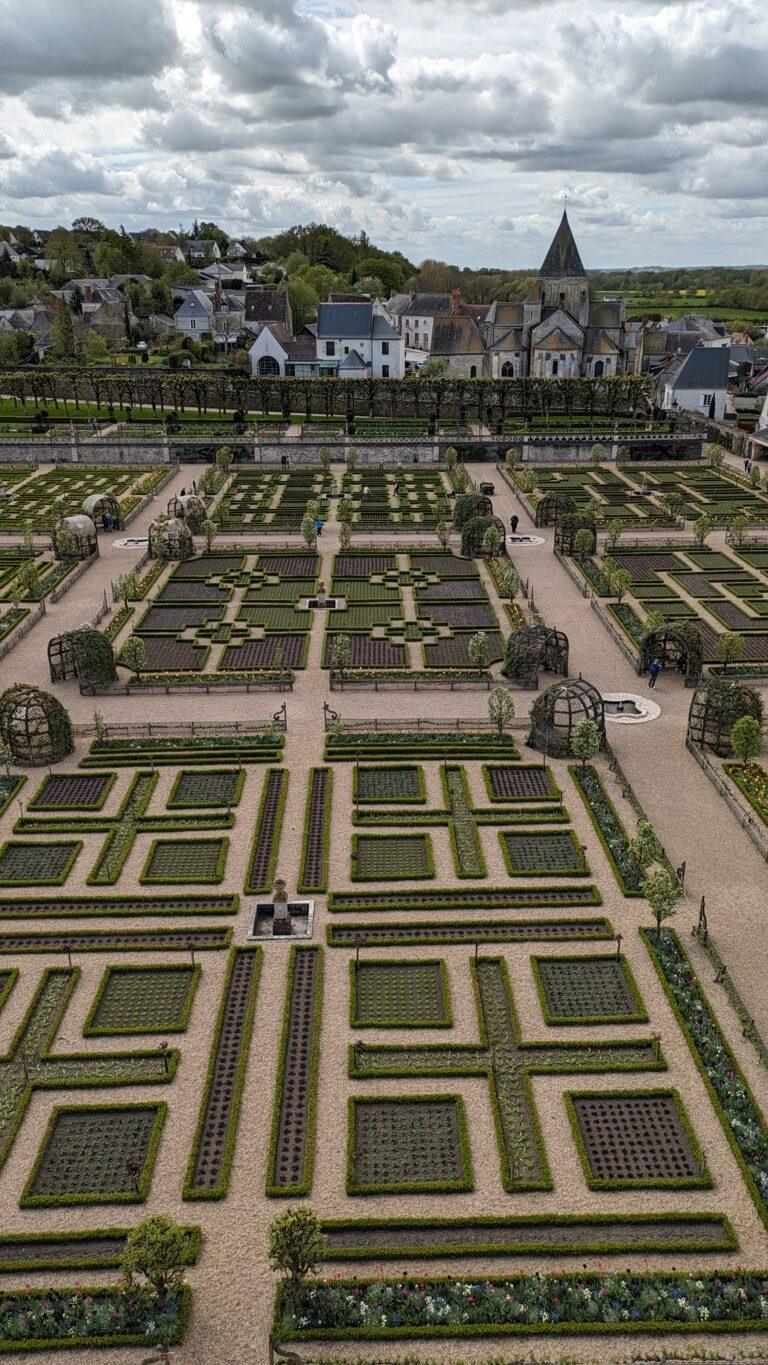

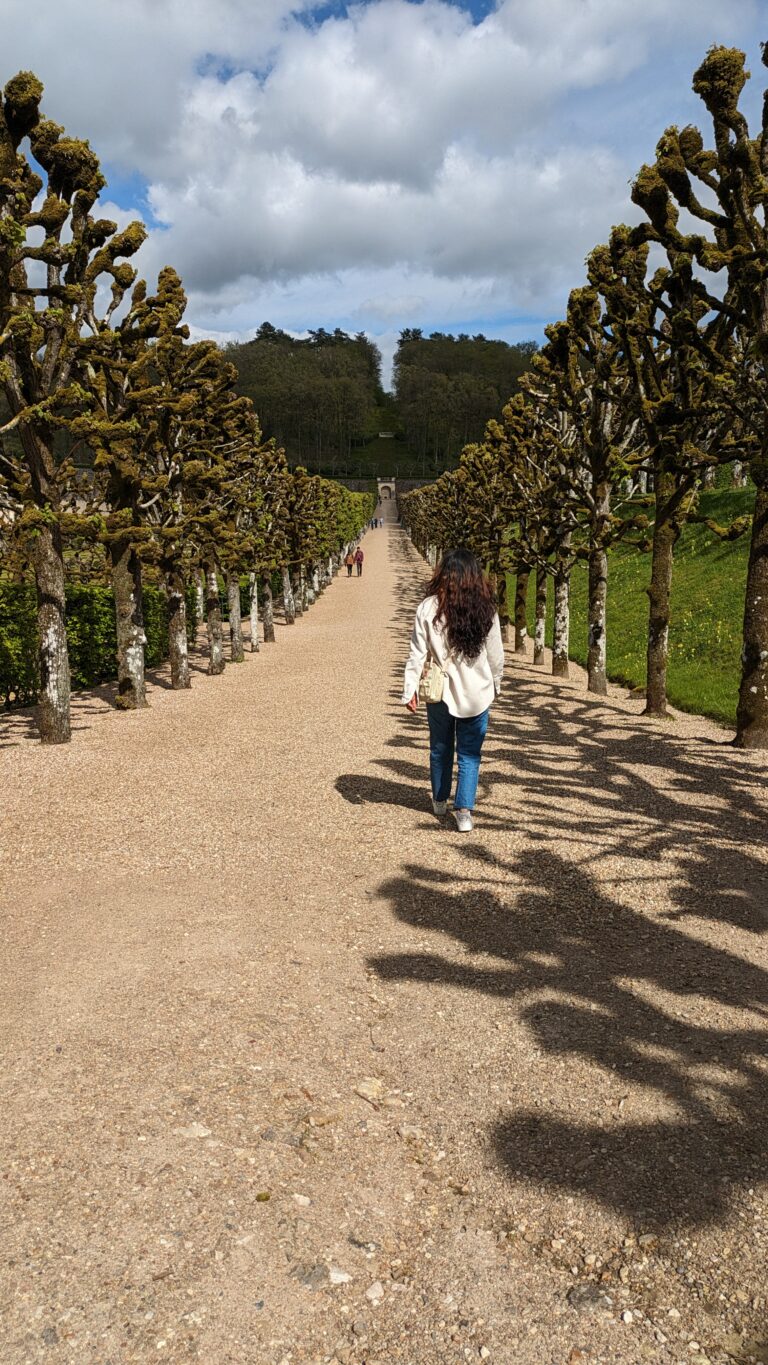


Inside Villandry Castle
After hours outdoors, I stepped inside the château itself. The rooms felt welcoming and intimate, less imposing than many other Loire Valley castles. Joachim Carvallo and his wife Ann Coleman restored the interiors and gardens in the early 20th century, and thanks to their work, Villandry has retained both its historical charm and vibrant gardens.
The interiors are elegant without being overwhelming. I loved wandering through the rooms at my own pace, imagining the family life that once unfolded here, contrasting with the grandeur of the gardens outside.
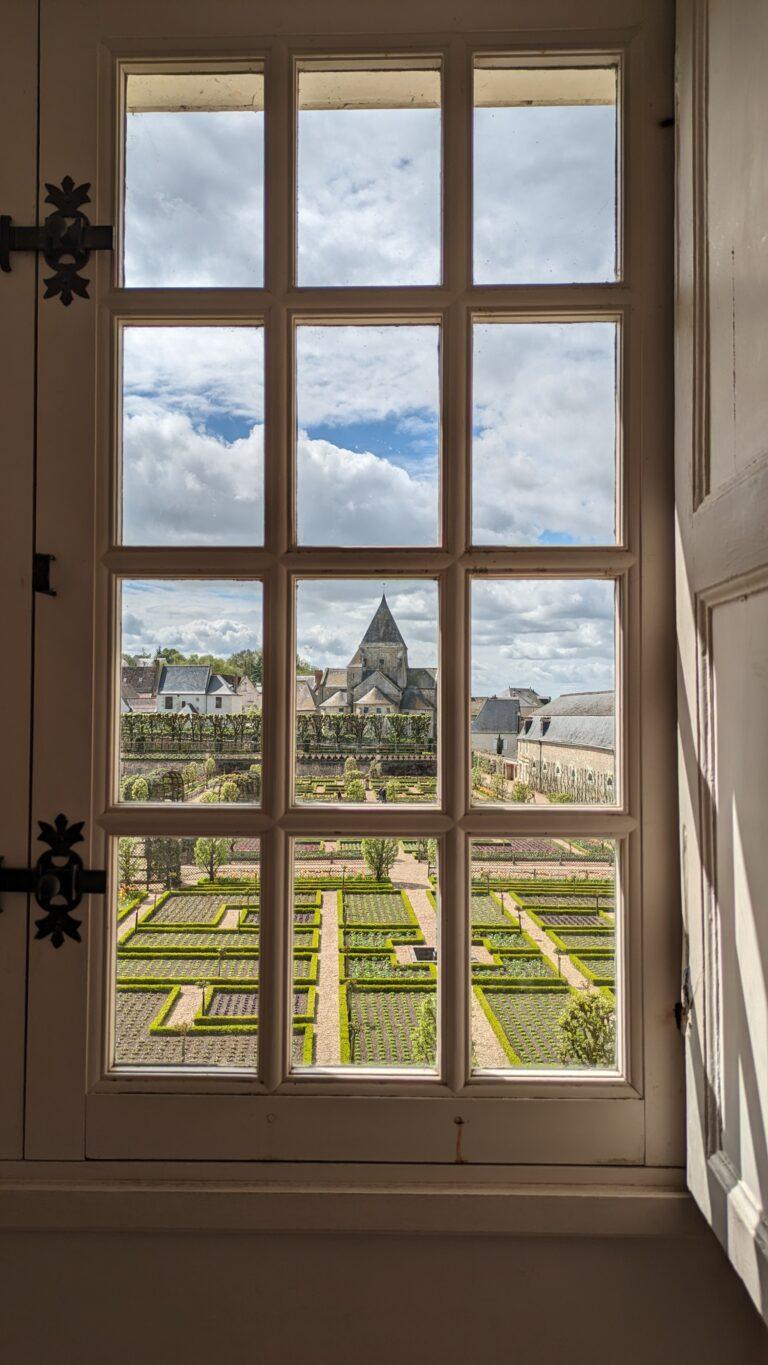

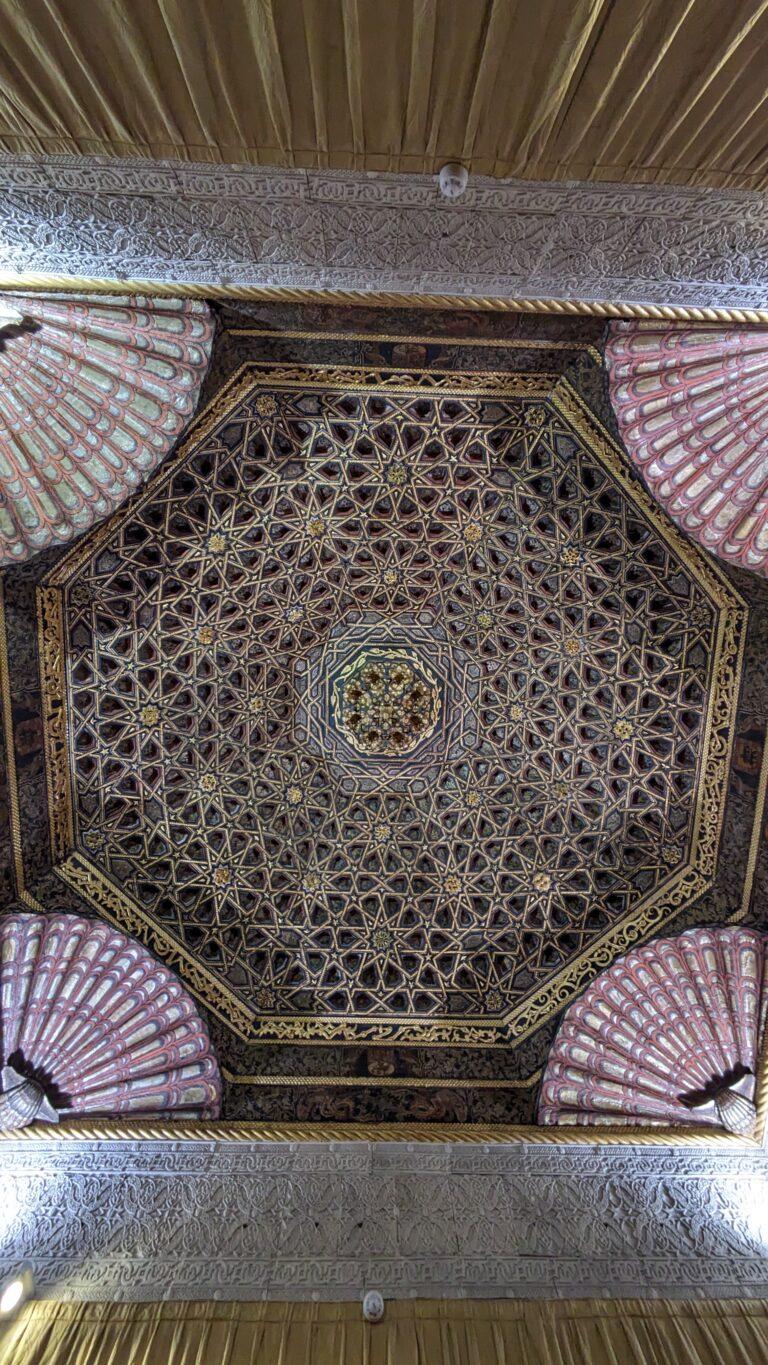

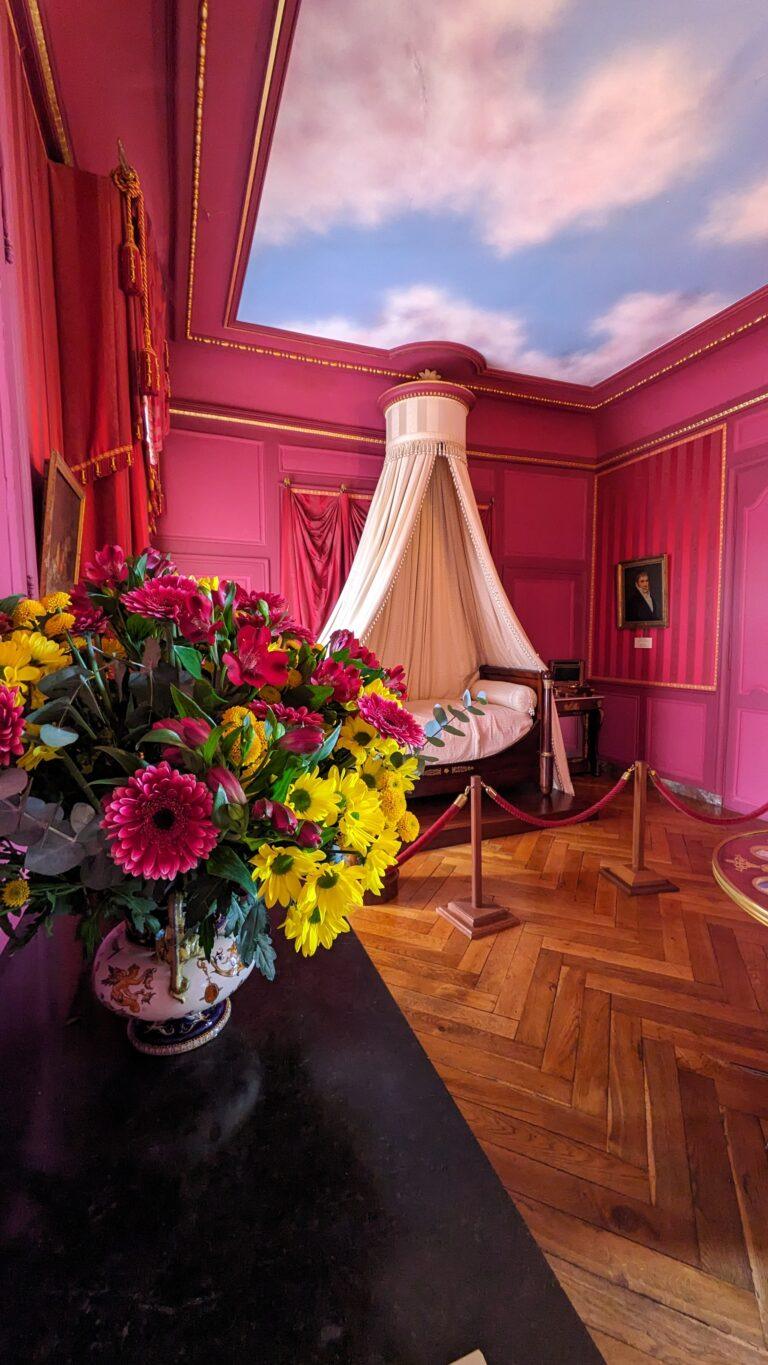
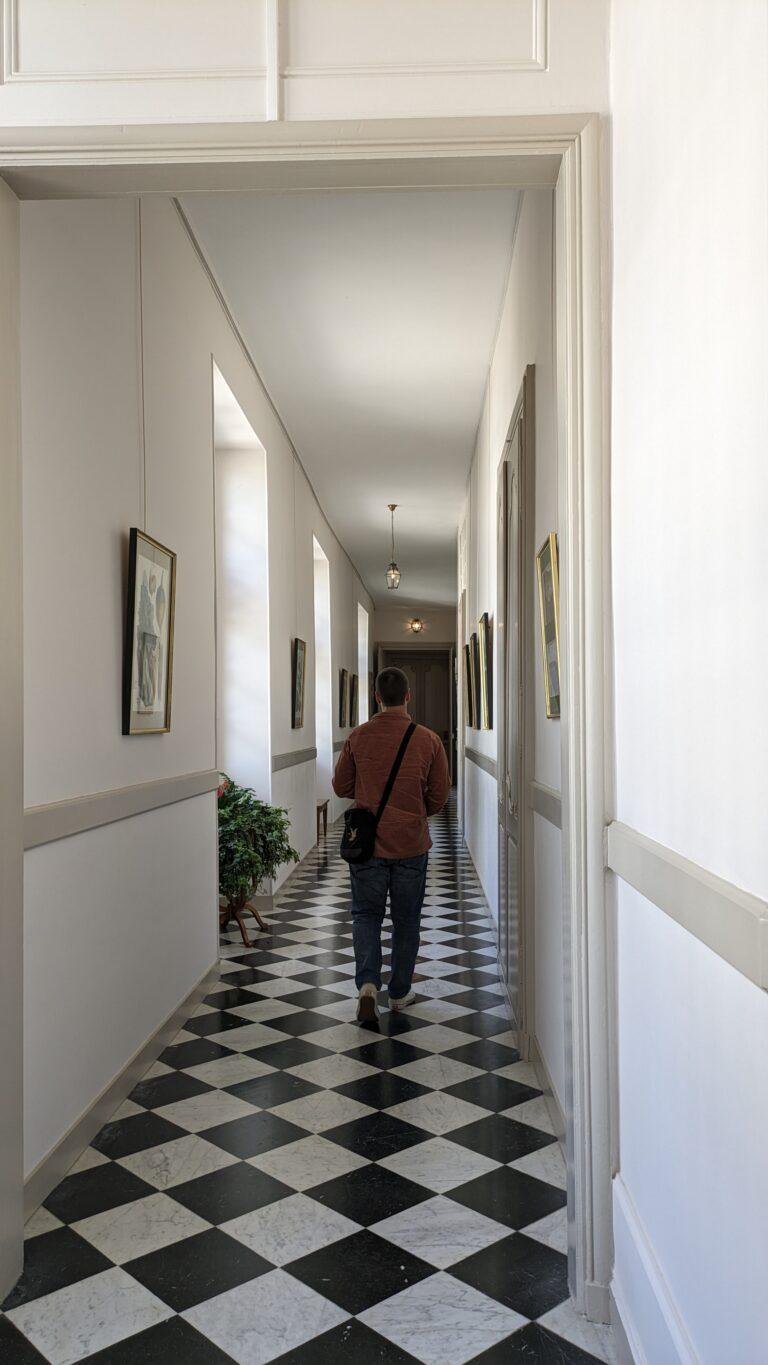
Why Villandry Castle Is My Favorite
For me, Villandry isn’t just a castle to see—it’s one to experience. The gardens feel alive: light shifts throughout the day, colors change with the seasons, and every visit reveals something new. Walking the terraces, pausing by the water garden, or discovering hidden corners feels like a continuous dialogue between nature and design.
Whenever I think of the Loire Valley, it’s Villandry that comes to mind first. Its gardens are more than beautiful—they’re living art, a fusion of history, horticulture, and imagination.
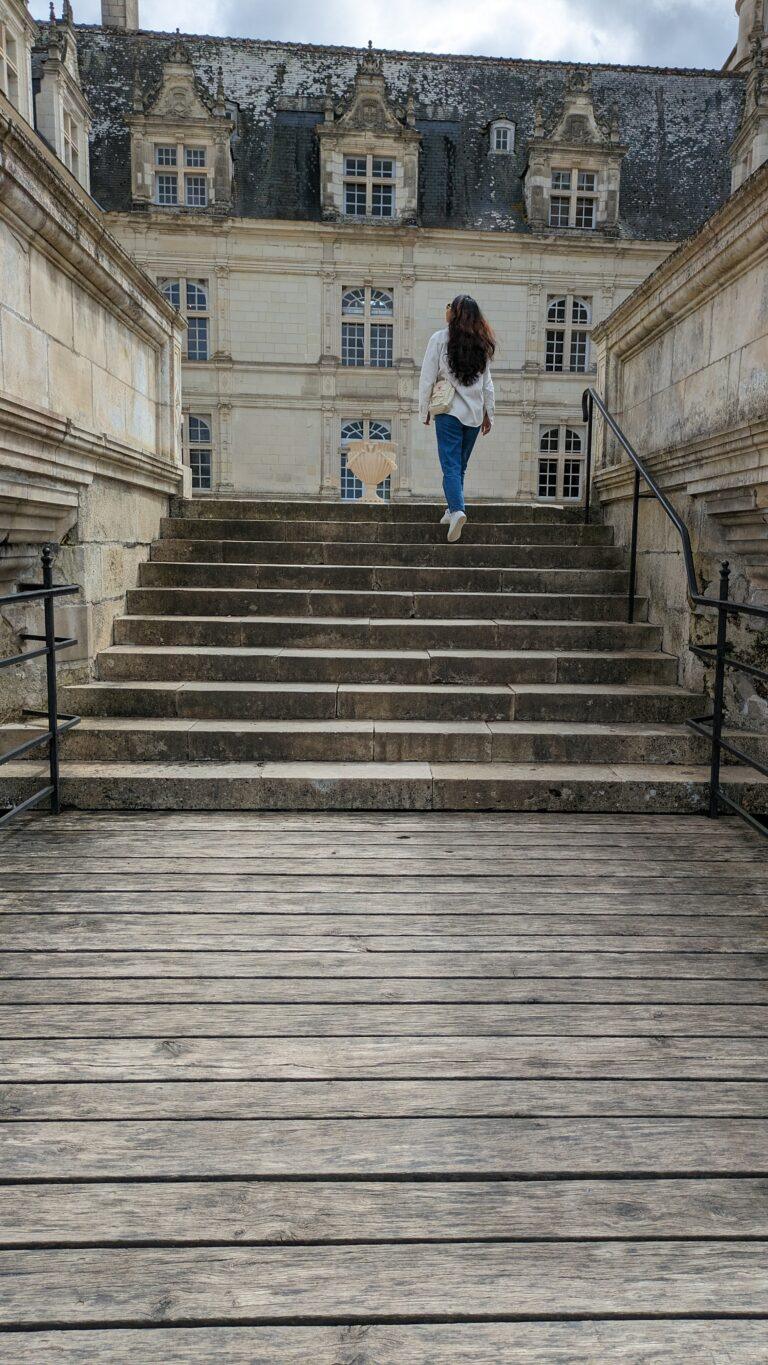

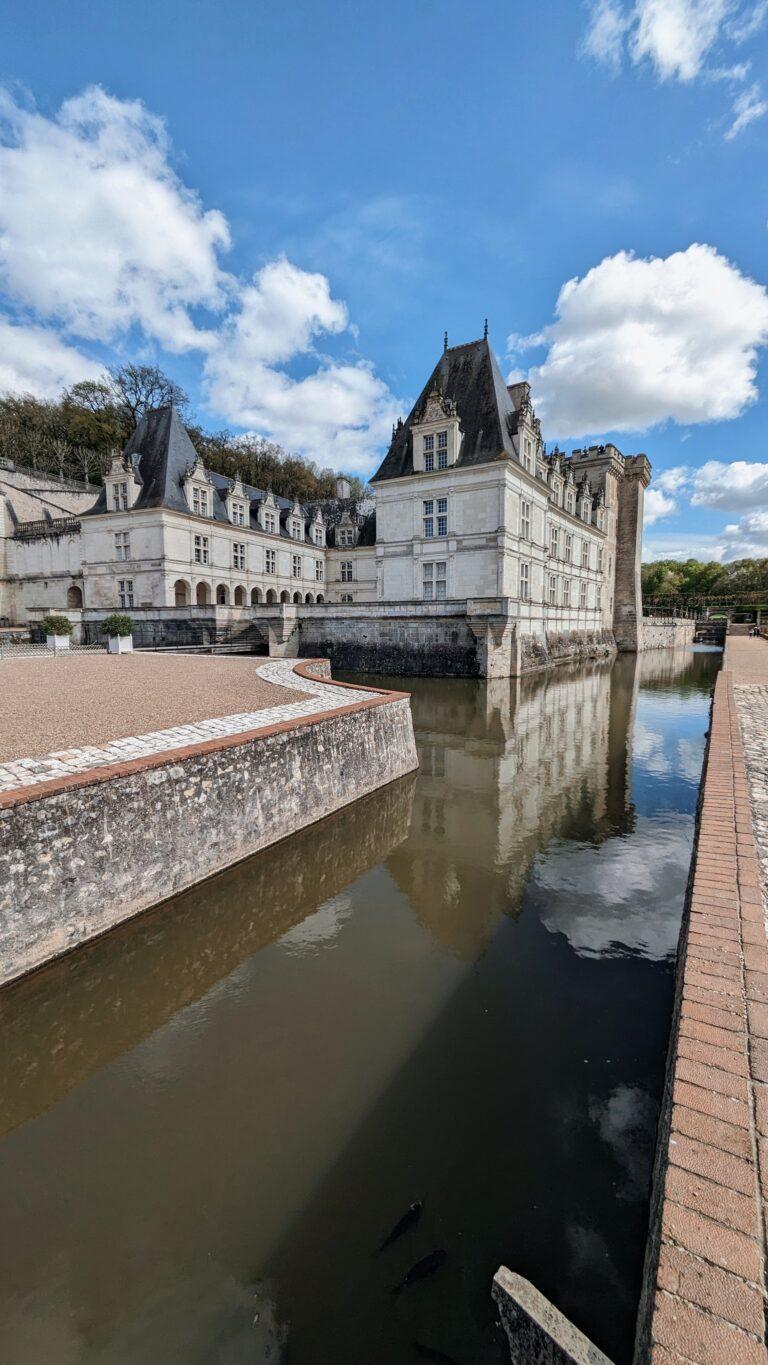

Practical Information for Visiting Villandry Castle
📍 Location: Villandry is just 15 km from Tours, in the Loire Valley, France.
🚗 By Car: About 20 minutes from Tours, with free parking near the château.
🚆 By Train: Take a train to Tours or Langeais, then continue by bus or taxi.
🚌 By Bus: Summer shuttles often connect Tours with Villandry.
⏰ How long to spend: At least 2–3 hours to explore fully.
For official opening times and ticket prices, visit the Villandry Castle official website.
Tips for Visiting Villandry Castle Gardens
Over the times I’ve visited Villandry, I’ve picked up a few little tips that make the experience even better:
🌸 Best Time to Visit:
Spring (April–May): The tulip displays are stunning, and the vegetable garden starts to come alive.
Summer (June–August): Everything is at its fullest—flowers, greenery, and long days to explore. It’s also when the castle hosts its magical Nuits des Mille Feux (Nights of a Thousand Lights), when the gardens are lit by thousands of candles.
Autumn (September–October): My personal favorite—the golden light and harvest colors make the gardens glow, and there are fewer crowds.
Winter: Quieter, but the gardens lose much of their vibrancy. Still, the château itself is open, and it can feel more intimate.
⏰ When During the Day:
I recommend going in the late afternoon. The light is softer, perfect for photos, and the atmosphere becomes calmer once the day-trippers leave. If you climb up to the terrace around golden hour, the gardens look like they’re on fire with color.
📷 Photo Spots:
Don’t miss the view from the terraces above the gardens—that’s where you really see the tapestry-like patterns. The Water Garden also makes for dreamy reflections, especially if you catch a still moment.
🥖 Bring a Picnic:
There’s a shady area near the car park where you can sit, or you can head down to the banks of the Loire nearby. After strolling the gardens, nothing beats enjoying some bread, cheese, and a bottle of local wine.
👟 Wear Comfortable Shoes:
The gardens cover several hectares, and you’ll be walking on gravel paths and stairs. It’s not difficult, but you’ll definitely want comfortable shoes for wandering.
⏳ How Long to Stay:
Give yourself at least 2–3 hours. I always lose track of time here—it’s not the kind of place you want to rush.
Pairing Villandry with Other Loire Valley Castles
Villandry’s gardens are unique, but the Loire Valley has much more to offer. For a complete itinerary, pair Villandry with:
Château de Chambord: For grandeur and monumental scale
Chenonceau Castle: A romantic riverside escape
Château d’Azay-le-Rideau: Intimate Renaissance beauty
Together, these castles offer a journey through history, architecture, and landscape design.
Final Thoughts
Every château in the Loire Valley has its charm, but Villandry stands out for its living, ever-changing gardens. Each season tells a new story, each visit reveals fresh details, and the sense of peace it inspires is unmatched.
💬 Have you visited Villandry Castle? Share your favorite garden, season, or memory in the comments—I’d love to hear your experience!
✨ For more Loire Valley inspiration, check out my other blogs:
Villandry is a place to slow down, explore, and let the gardens speak for themselves. Every visit feels like stepping into a Renaissance masterpiece—alive, colorful, and unforgettable.

